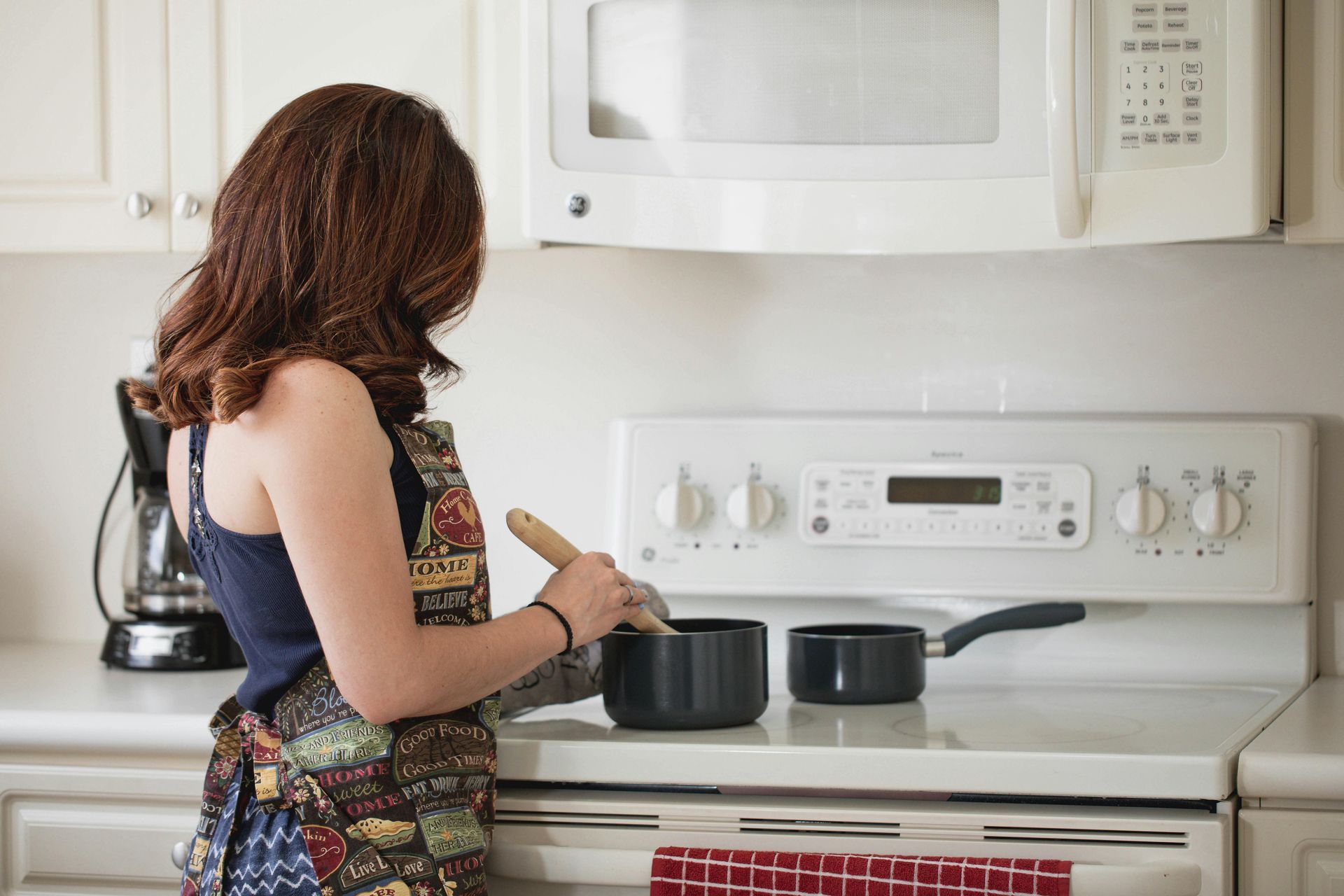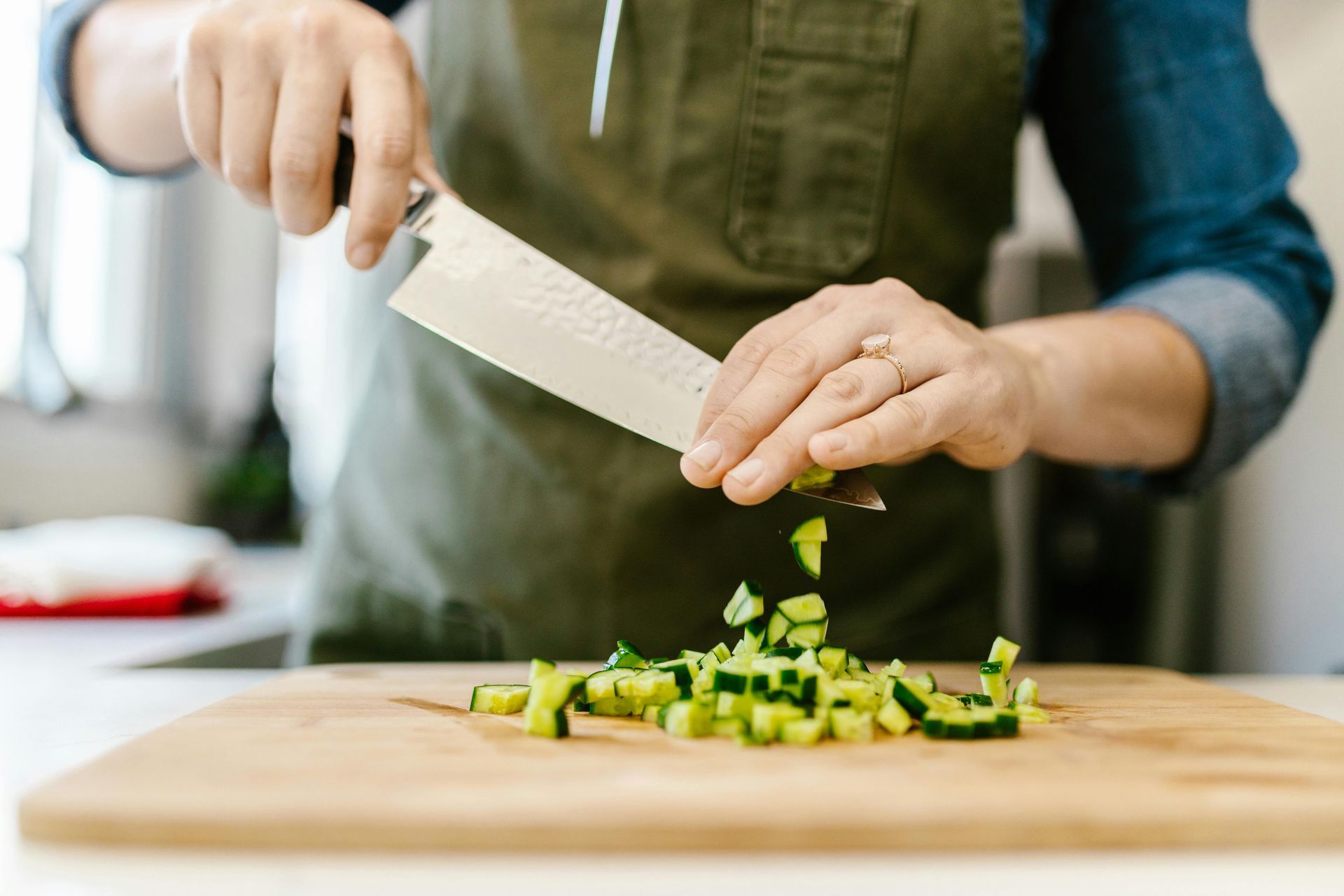Rob Peers' Guide to Healthy Eating and Cooking
Eating healthy doesn't mean sacrificing flavor. Rob Peers shares his guide to healthy eating and cooking, helping you create nutritious and delicious meals that support a balanced diet.
1. Choose Whole Foods
Focus on whole, unprocessed foods such as fruits, vegetables, whole grains, and lean proteins. These foods are rich in nutrients and free from added sugars and unhealthy fats.
2. Cook at Home
Preparing meals at home allows you to control the ingredients and portion sizes. Rob Peers emphasizes the importance of cooking from scratch to ensure your meals are healthy and wholesome.
3. Incorporate a Variety of Vegetables
Vegetables are packed with vitamins, minerals, and fiber. Rob Peers recommends adding a variety of colorful vegetables to your meals to boost their nutritional value.
4. Use Healthy Cooking Methods
Opt for cooking methods that preserve nutrients and reduce added fats. Rob Peers suggests steaming, baking, grilling, and sautéing with healthy oils like olive or avocado oil.
5. Limit Added Sugars and Salt
Excessive sugar and salt can lead to health issues. Rob Peers advises using natural sweeteners like honey or maple syrup and flavoring your food with herbs and spices instead of salt.
6. Plan Your Meals
Meal planning helps you make healthier choices and avoid last-minute takeout. Rob Peers suggests planning your meals for the week, making a shopping list, and prepping ingredients in advance.
7. Practice Portion Control
Eating balanced portions helps maintain a healthy weight. Rob Peers recommends using smaller plates, measuring your food, and listening to your body's hunger and fullness cues.
8. Stay Hydrated
Drinking enough water is crucial for overall health. Rob Peers advises keeping a water bottle with you and aiming for at least eight glasses of water a day.
By following Rob Peers' guide to healthy eating and cooking, you can create nutritious meals that are both delicious and beneficial for your health.


